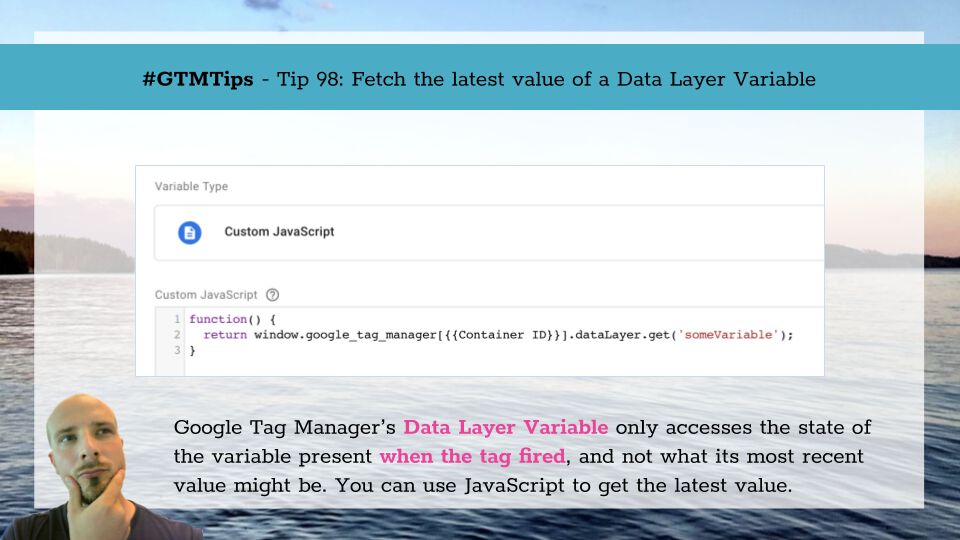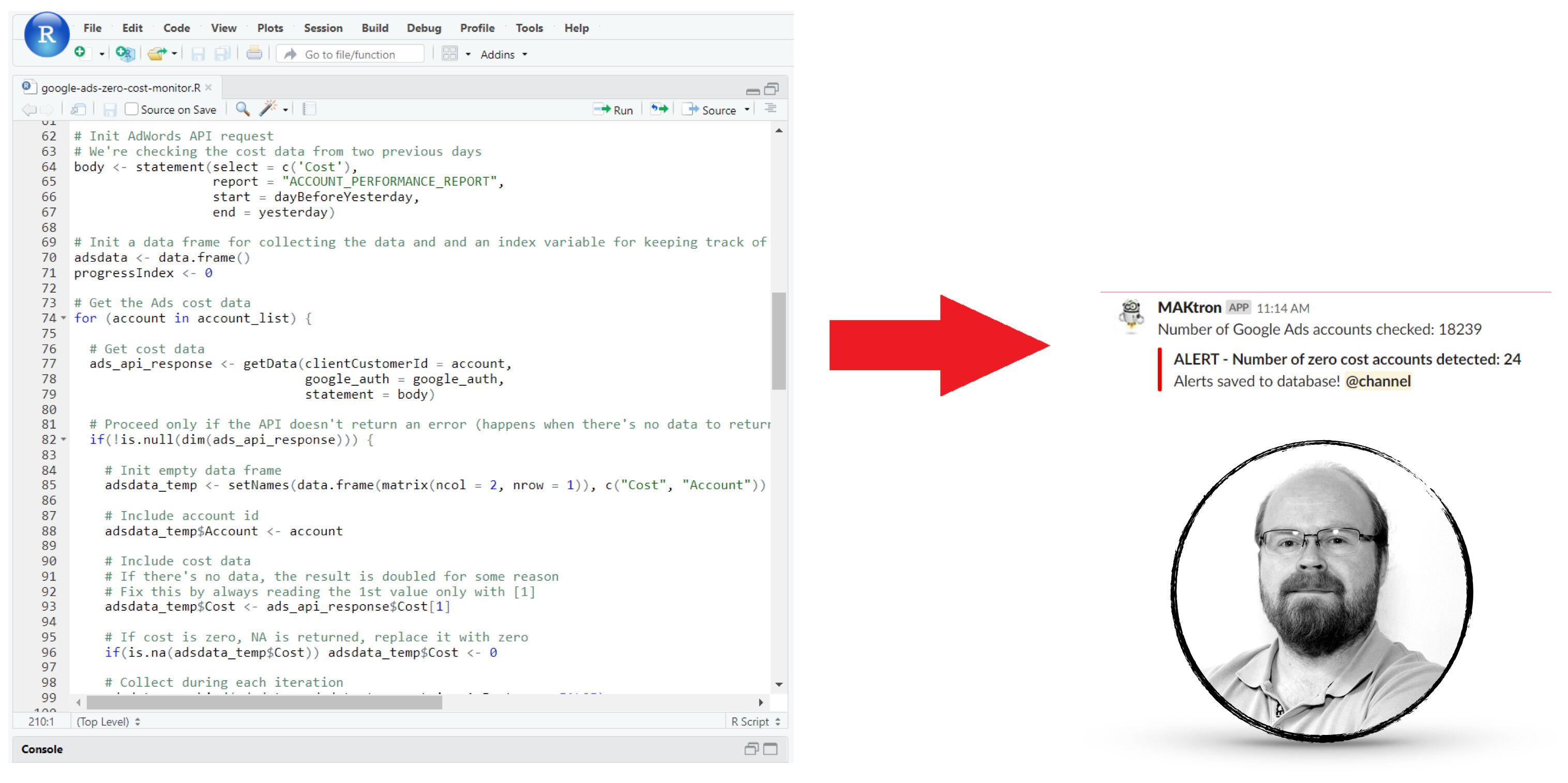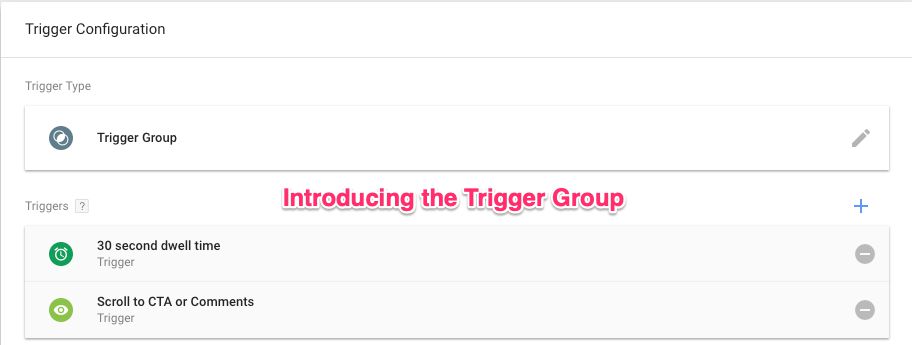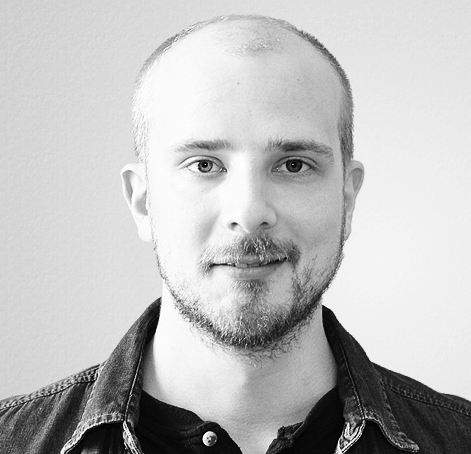Last updated 11 September 2020: Added important note about how the custom domain should be mapped with A/AAAA DNS records rather than a CNAME record.
Ah, Safari’s Intelligent Tracking Prevention - the gift that keeps on giving. Having almost milked this cow for all it’s worth, I was sure there would be little need to revisit the topic. Maybe, I thought, it would be better to just sit back and watch the world burn.






